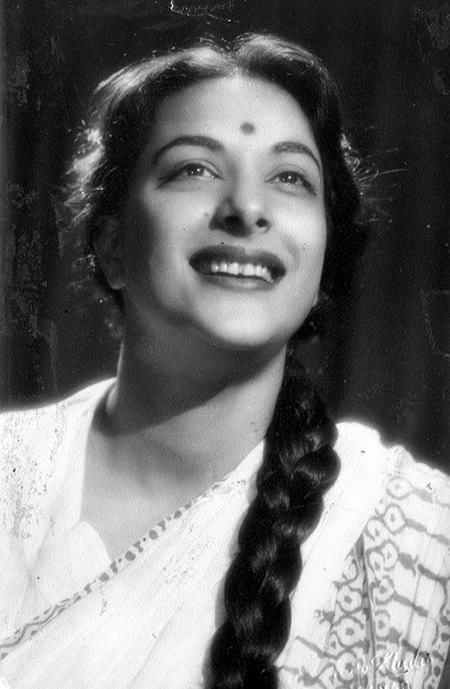Remember back when Bollywood made silent films? (If you’re reading this, probably not.) For those who do remember the pre-Independence Hindi film era, the names Sulochana, Miss Rose, Pramila and Nadira might ring bells, but even they might be surprised to learn that all these stars were Jewish.
The story of these early Indian Jewish stars of Hindi film is told in Shalom Bollywood, a documentary that runs a little over an hour and is currently streaming on Amazon Prime Video. Without many technological frills or deeper insight, it’s a pleasing historical story with plenty of video clips that are charmingly quaint.
In the early days of Hindi films, it was considered immodest for Hindu and Muslim women to act on screen, so female parts were played by men (and not very convincingly!). But the women of the small Jewish Indian community were less constrained, and so the first top female star was Ruby Myers, a teenager whose screen name was Sulochana.

Sulochana’s first film (silent, of course) was in 1925, and first ‘talkie’ was in 1932. Her fame prompted another Jewish woman, Rose Musleah, with two children after a brief marriage and divorce, to move from Calcutta to Bombay in the (successful) hope of making her own living in Hindi films as ‘Miss Rose’. Rose’s cousin, Esther Abraham, was next, as ‘Pramila’.
And the most charismatic, in my opinion, oozing drama from every pore, was ‘Nadira’, born Farhat Ezekiel, who played the classic ‘vamp’ in Shree 420.


Most of the stars were women, but one Jewish man, David Abraham, also got a hero’s role in ‘Boot Polish’.

By the 1940s, though, Hindu and Muslim women were able and willing to enter film, and the Jewish women were eclipsed by stars like Nargis.
The film moves fairly briskly on to their post-film lives: Sulochana died alone in poverty. Miss Rose married an American and seems to have lived a fairly lonely life in LA, but her granddaughter became a model and then a film editor. Pramila married a Muslim fellow actor, and brought their children up in both religions: her son Haider Ali provides energetic commentary in the film. Nadira appeared in over 70 films and continued acting in smaller roles until 2001.
There are some oddities. At the start of the film the voiceover says:
In a nation of over a billion Hindus, almost 300 million Muslims, and millions of Christians were a few thousand Jews
These are current statistics, but isn’t the movie about the film stars of 1920 – 1940? Back in 1955, India’s population was only 400+ million, of which ~330 million were Hindu. There were about 20,000 Jews around 1945, and most of the Indian Jewish community migrated to Israel over the next 10 years.
Some of the voiceover commentary seems designed to gloss over any unpleasantness. The Jewish women’s “light skin worked well for the low-light film cameras of the time”, says the film. India has a notorious fondness for fair-skinned women, so was the technology was the only reason the Jewish women were popular?
The film left me wanting to know more. Did the Jewish women grow up speaking Hindi or Urdu? If not, did they learn the language to perform in the talkies? How come Sulochana and Nadira took Hindu names while ‘Miss Rose’ and David kept their own? And when the majority of India’s Jews migrated to Israel in the 1950s, why did these actors not migrate with their community?
The film takes a light tone, exemplified by the voiceover and the simplistic graphics. So there is little deeper analysis of how these women were viewed by the population and by other women.
That said, the film still showcases a delightful little slice of history, likely unknown to many of us.
You can watch the trailer above, or get more info at the Shalom Bollywood website.
















Recent Comments